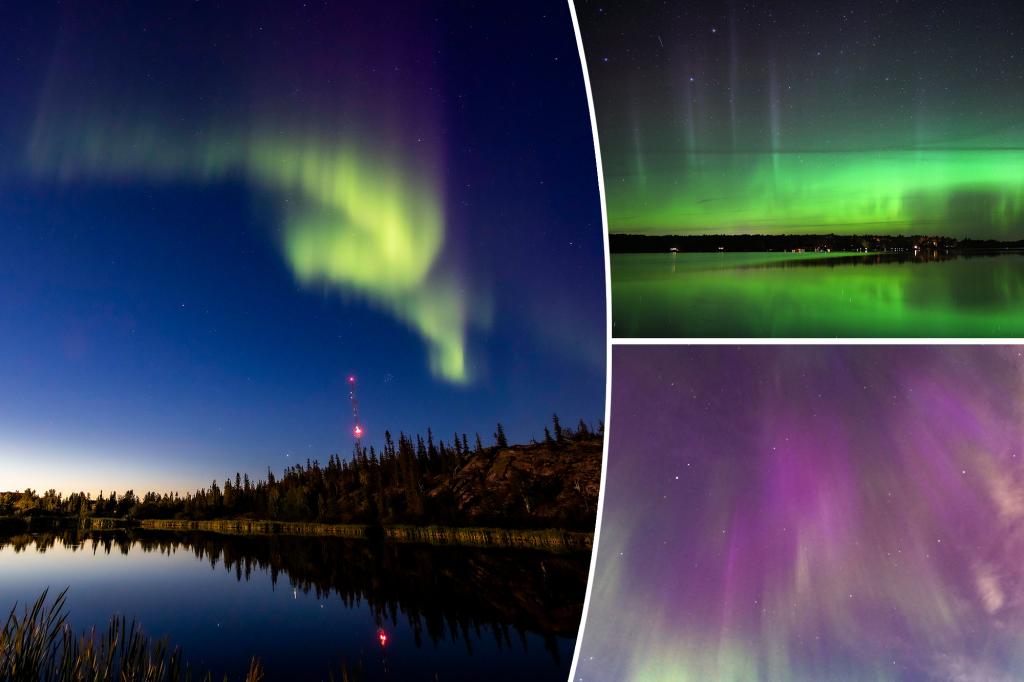Stargazers in the U.S. may be treated to a spectacular display of the aurora borealis after the sun unleashed the second-largest solar flare in seven years. This meteorological event, caused by interactions between Earth’s magnetic field and particles from the sun, will be visible across the northern United States on Friday, Oct. 4, and Saturday. The Northern Lights will be most visible on Friday night in Alaska and Canada but are also expected to be seen in areas including Washington, Idaho, Montana, Wyoming, North Dakota, South Dakota, Minnesota, Iowa, Wisconsin, Michigan, New York, Vermont, New Hampshire, and Maine.
The aurora borealis is usually viewed from more northerly locations, but it will be visible outside the norm after the sun erupted with two flares, including an X-class solar flare, the strongest of its kind. This solar burst, emanating from sunspot AR3842, was the second most powerful in the last seven years. It is a coronal mass ejection (CME), where plasma and magnetic particles burst forth from the sun’s surface, causing geomagnetic storms. Initially predicted to occur on Thursday through Saturday, the storms are now expected to extend through Sunday and have been upgraded to strong G3 storms, with the potential to impact navigation systems, power grids, and satellite communications.
More powerful geomagnetic storms generally result in a more brilliant display of the aurora borealis, similar to the luminescent light display that occurred after May’s Category 5 event. NOAA forecasts that the current storm has a Kp index of 5, signifying a higher level of aurora motion and brightness if the weather is clear and stargazers are in the right location. Experts recommend watching the Northern Lights when they are most active between 10 p.m. and 2 a.m., venturing as close to the poles as possible, avoiding city lights and pollution, and finding a prime viewing spot such as a hilltop.
The upcoming display of the aurora borealis is expected to be quite pleasing to look at, with kaleidoscopic colors shimmering across the sky. Viewers are advised to be in the right place at the right time to catch this natural light show at its brightest. The aurora borealis, or Northern Lights, is a natural wonder that occurs when interactions between Earth’s magnetic field and solar particles create a stunning light display in the sky. With the recent solar flares and geomagnetic storms, the upcoming show is expected to be particularly impressive, potentially visible in various parts of the U.S. in addition to the usual northern locations.













